Broken Weave is D&D Dark Souls, but with a key difference - hope
"The Dark Souls post-apocalyptic setting might lure people in, but I think [hope] is what will keep people around"
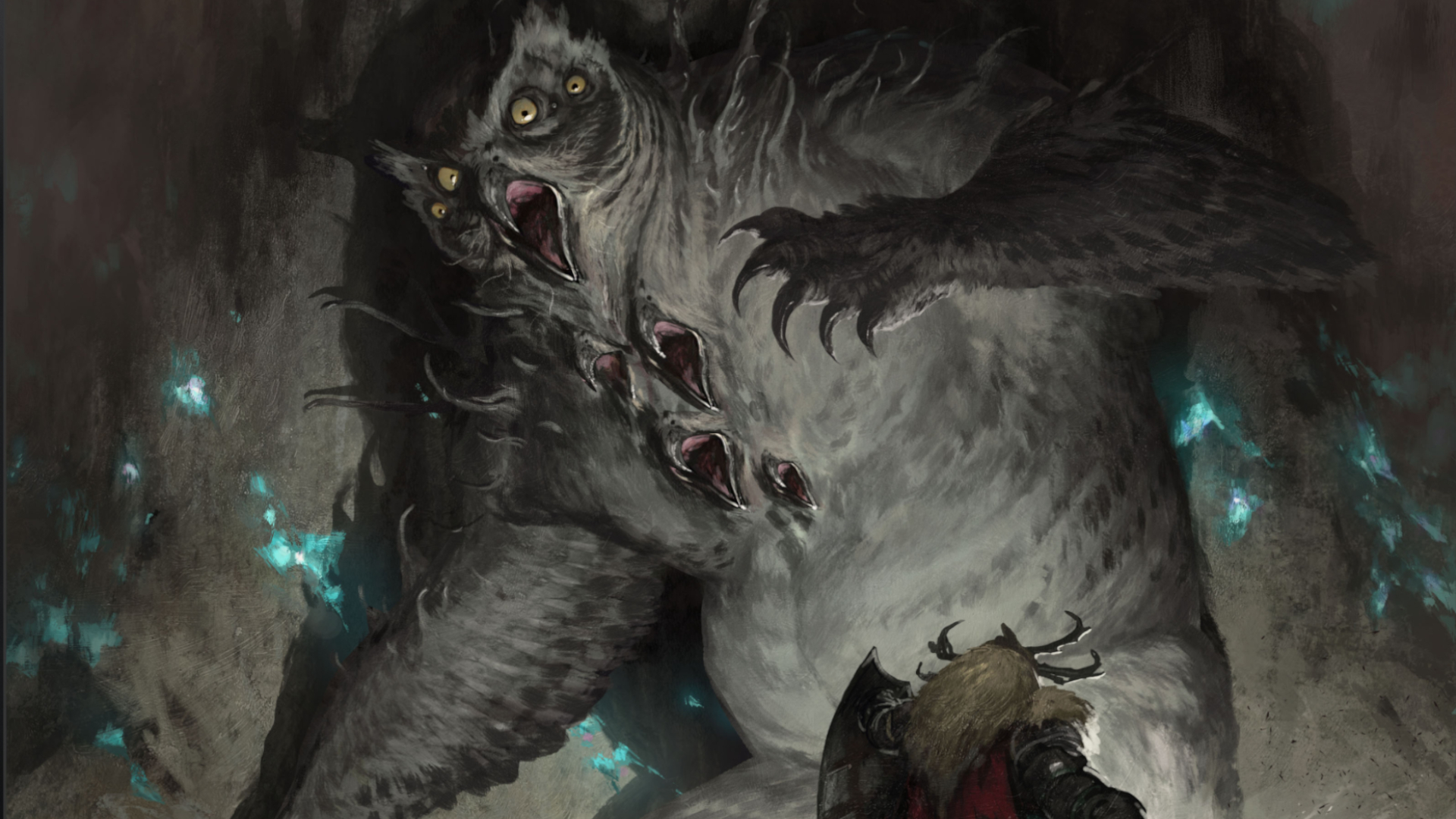
If it wasn't for the pandemic, Broken Weave would have been very different.
Seeing as it uses 'post-apocalyptic' and 'tragic fantasy' to describe itself, you might not be surprised to hear that Broken Weave (developed by Cubicle 7 and used in conjunction with Dungeons and Dragons books) is inspired by the likes of Dark Souls. But what may catch you off guard is the fact that it takes those same cues and runs in the opposite direction. Rather than gorging itself on misery, it does an about-turn into hope.
Why? It's simple: the development team had seen enough misery during COVID. Plus, it showed them something unexpected - the power of community.
"When inspired by Dark Souls, The Dark Tower, and things like that, it's easy to go a very grim route," says Cubicle 7 creative director Emmet Byrne. "But when you look at some other RPGs that have that grim, post-apocalyptic setting, it is relentless… So in this, you're not big damn heroes in the grand scheme of things, but your actions have consequences - you can make a difference. And so hope and actually coming together as a community became a really big thing. We were so detached from everyone [during COVID] that this idea of community and coming together to build something new really rose to the top. The Dark Souls post-apocalyptic setting might lure people in, but I think [hope] is what will keep people around"
Judging by the fact that the Broken Weave Kickstarter campaign has exceeded its goal by nine times and counting, that approach seems to have struck a chord.
Hope and Decay
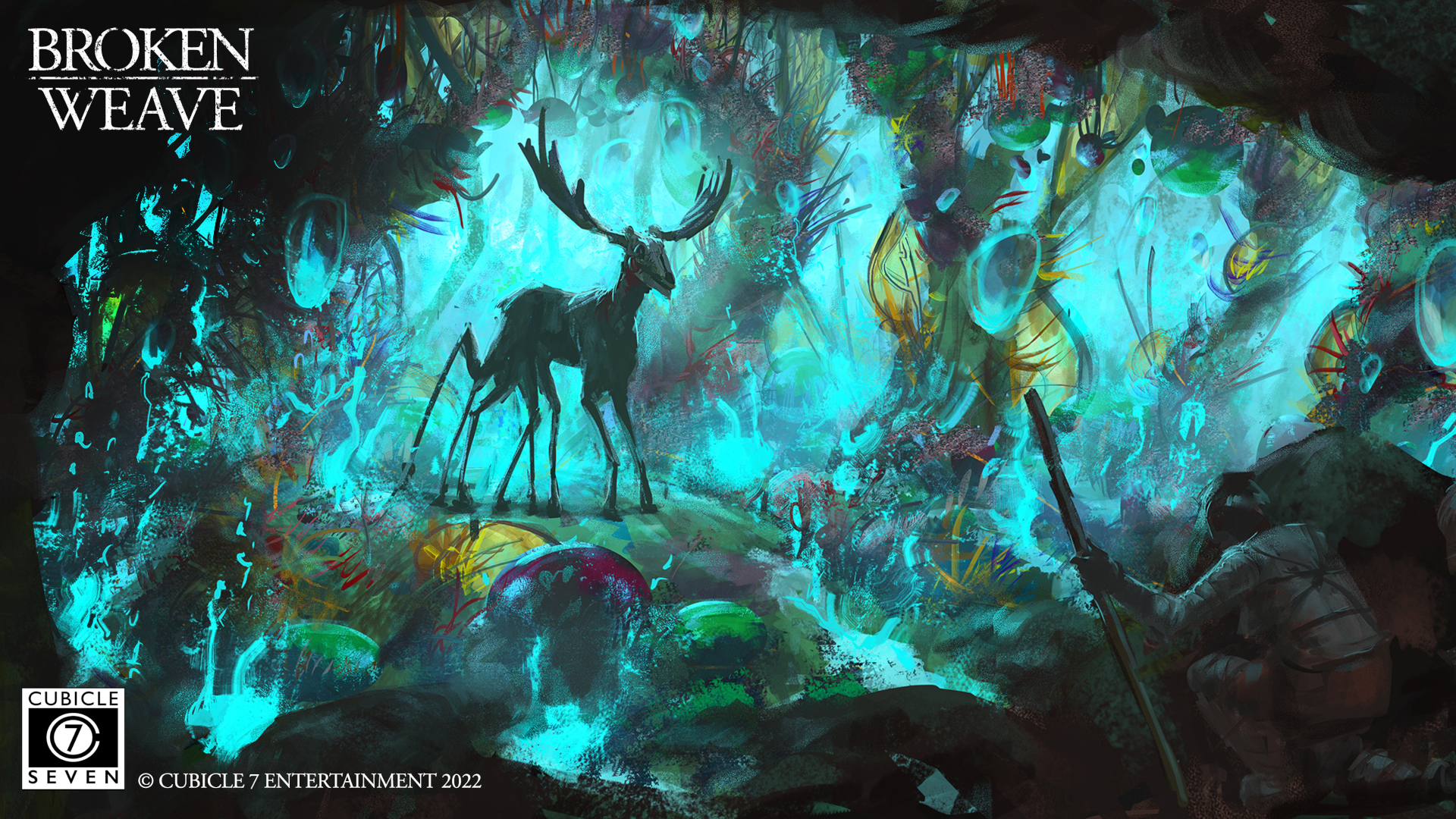
In Broken Weave, magic is broken and the gods are dead. While that may sound par for the course so far as fantasy goes, it actually upends the status quo for many of the best tabletop RPGs. Because the majority rely on magic to fuel attacks and player actions, removing it changes everything. Very suddenly, iconic D&D classes like the Wizard, Bard, Paladin, and Druid cease to function.
The result is a much more lethal world. Simple duels become deadly when there isn't a healing spell on-hand, for example. Yet the characters in Broken Weave keep going nonetheless. Although they aren't traditional adventurers (they're just normal people thrown into the action), this makes them all the more heroic.
Weekly digests, tales from the communities you love, and more
That was a wonderful merging of theme and class mechanics into this perfect little crystallized moment
Elaine Lithgow
"When we landed on the Warden (who is the heavy armor-wearing character that we've used a lot in the promotional material, with the horned helm), that was one of the biggest, 'oh, we've got it' moments because they just oozed this tragedy," says Elaine Lithgow, writer and producer for Cubicle 7. "You can see that their armor is patched together and their sword is broken at the tip and whatnot, but they're still just, you know, they're there. And they're trying to stick it out and protect people. That was a wonderful merging of theme and class mechanics into this perfect little crystallized moment."
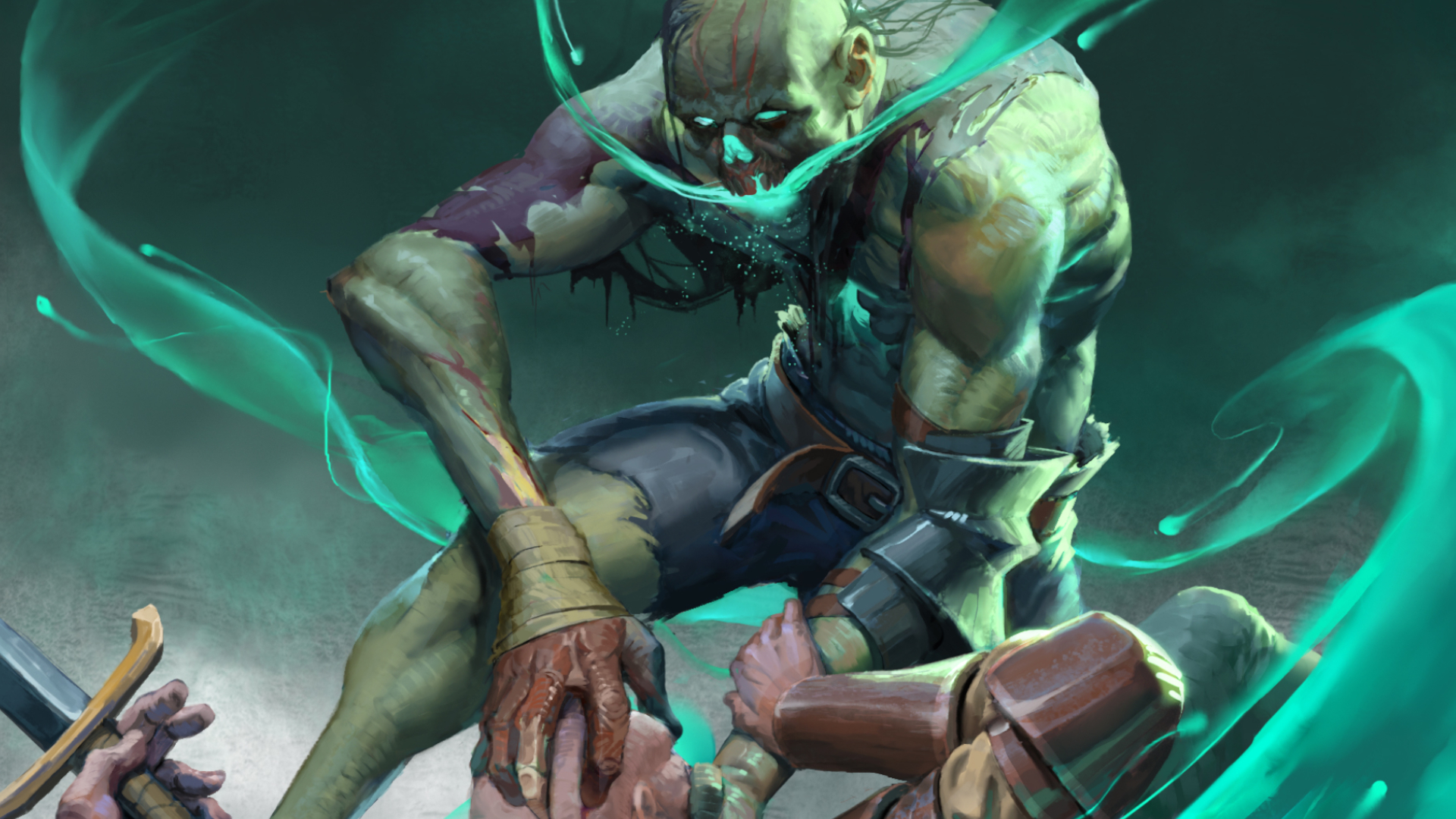
There's a reason that epic adventurers of the kind seen in normal D&D aren't around anymore, and it's pretty grim. As Byrne points out, "if you're a classic level 15 D&D character, you're loaded up with +2 plate and the sword of whatever. And if you still have those when the Breaking happens, they start to corrupt you and change you. So you might run into what was once a hero, and now they're just this twisted form of what they were before."
Marrying theme to gameplay was crucial for the Broken Weave team, and Wardens are a good case in point. While they're analogous to D&D's Fighter, Byrne says that the name hints at a crucial difference - to put it simply, they are "not a warrior. They're a warden there to protect people and protect [settlements], and that's reflected in the mechanics of them as well."
The same is true of Broken Weave's other unique classes. For instance, the Sage is an older member of society who still remembers how things used to be… or at the very least, has learned about it. Meanwhile, Seekers are scouts who chart the wilderness beyond their town, and Makers keep those settlements running as a cross between engineers and builders.
Holding on to the past like this underpins the setting itself. Thanks to magic and reality unraveling, the world has stopped making sense. The result is a 'Decay' that warps your very mind the further you are from civilization. In-game, this manifests in lost memories - namely, trinkets your character carries that represent a moment in time they can no longer remember. It's a choice that constantly rams home a sense of loss.
Safe Haven
Speaking of civilization, this is another key pillar of Broken Weave as a whole. Your adventures will revolve around building up a 'Haven', a hodgepodge village of survivors trying to make it in the wilderness. Yet this isn't a prescriptive, pre-established location; you'll develop it over time as you complete missions. Actually, your party will develop it as a group before they even make their characters.
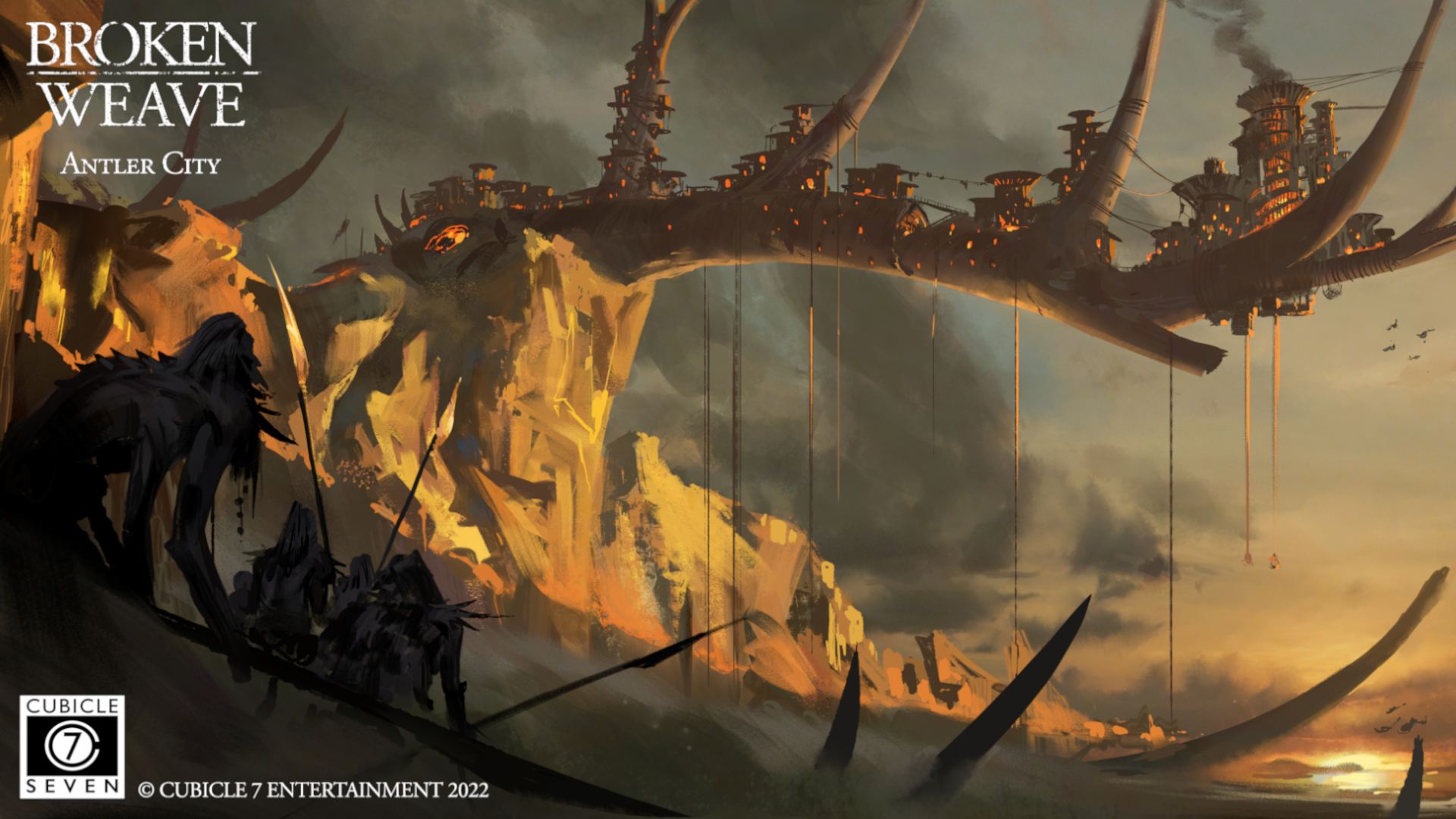
"It's as involved as creating a character for [D&D] Fifth Edition," Lithgow says. "There's a lot that goes into it, in terms of you deciding the founding principles of your Haven. Why was it made? Are you here to protect an ancient relic, or to harvest a god corpse? Then you go through and you generate the biome, and what kind of abundances and scarcities [you] have. If there's a scarcity of wood, well… if you're trying to craft something with wood, it'd be harder. These sorts of things encourage you to find other Havens, because maybe they have an abundance of food and all that sort of stuff."
With all that in mind, story hooks basically write themselves.
You're not big damn heroes in the grand scheme of things, but your actions have consequences - you can make a difference
Emmet Byrne
Because players are encouraged to tie their heroes into the Haven, the same is true of quests for Broken Weave characters. (Your put-upon Maker needs fresh parts to keep the settlement's mill running, say.) Indeed, heroes are developed using a collection of life experiences rather than stats.
As Lithgow suggests, "maybe you survived a plague when you were a young age, so you'll get a bonus to your Constitution. Or maybe you were apprenticed under a certain person, and you'll get tools." It's a unique and compelling approach to a process that's over-familiar to many.
Even this reshapes classic D&D mechanics. Rather than earning 'Inspiration' points for good roleplay or a clever plan (allowing you to reroll certain dice), your character carries 'Hope' with them to represent the support of their town. Much like Free League's The One Ring, this sense of optimism can push you beyond your limits.
Breaking point
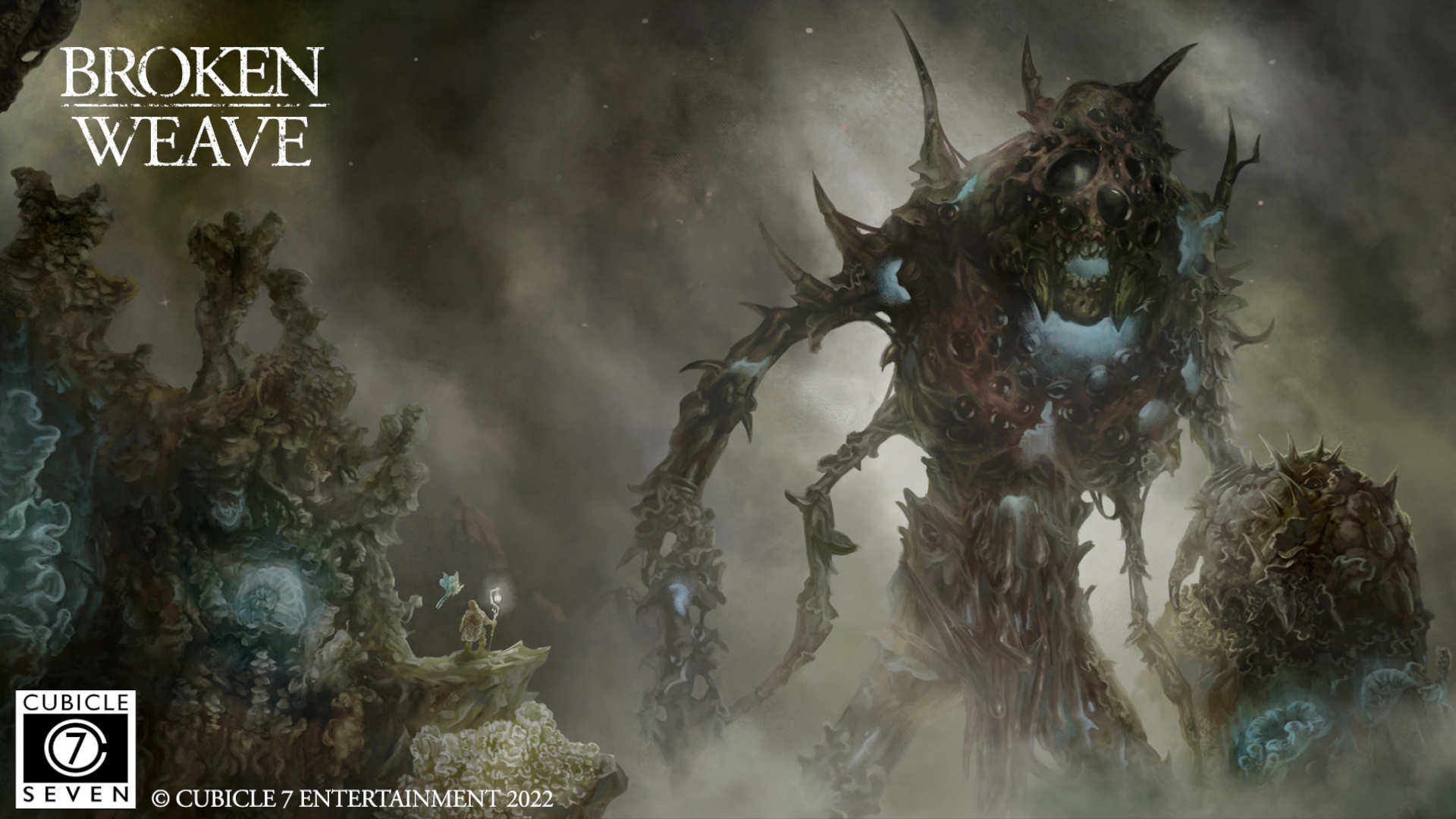
Broken Weave doesn't limit its experiments to player characters, though. Thanks to the setting's unnatural nature, the mystical Decay is 'breaking' monsters into all-new terrors. Basically, Dungeon Masters consult a chart that grafts random changes onto foes, twisting them into all-new enemies. See the iconic owlbear with multiple beaks all over its body on the Kickstarter artwork if you want to see what that looks like in practice.
As Lithgow points out, "you can essentially take any [D&D Fifth-Edition] compatible creature, monster, character, or whatever, and then Decay them. So they might get new attacks, or certain curses where 'oh, well, they just constantly weep…' The more Decayed you make a creature, the more you can change them with these effects and whatnot. And that's [what inspired] one of our add-ons on the Kickstarter campaign - the Deck of Broken Things. Half of it is for monsters, and half is for locations."
"The GM can very quickly shuffle [it], and wham: this thing has this messed up effect on it, or this location has got this really weird twist. It's a really immediate way so you're not flicking back and forth and checking tables and everything. It's so much fun. I love the way that it just blows open the doors to anything and everything."
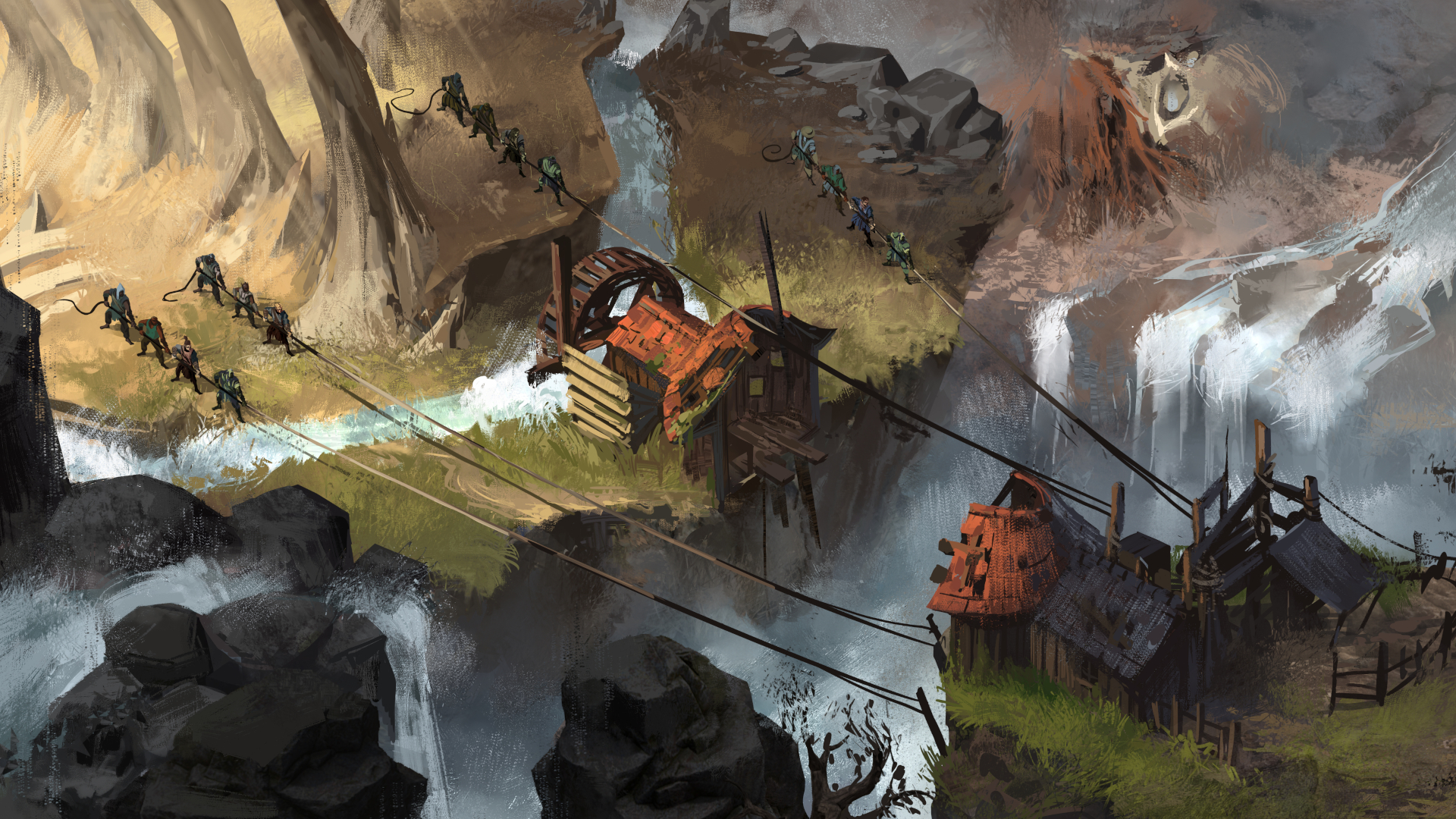
Broken Weave isn't necessarily a setting in and of itself; rather, it was designed to fit into any existing world. As an example, no-one within the book's mythology knows what 'broke' reality - there are plenty of theories, but none are canonized. Even the developers aren't sure which of them is 'true.'
In other words? This system allows you to mess with creatures that Cubicle 7 doesn't have access to, like Mind Flayers or Beholders (which is probably for the best, considering the recent D&D OGL controversy).
That unfettered creativity is reflected in Broken Weave's artwork. Much of it was created without a specific goal in mind to let the artists' imaginations wander, and that gives the book a very unique, unsettling feel. A great example would be an innocuous illustration of birds. At first glance, it seems very sweet - two are cuddled up on a perch, with one seemingly feeding another berries. But then you realize that it's not a berry. It's a human eyeball. And wait. Does it have human feet? This is the sort of material that Dungeon Masters will have a field-day with, because it's ripe for the descriptive language tabletop RPGs thrive on.
I love the way that it just blows open the doors to anything and everything
Elaine Lithgow
That's true of everything in Broken Weave, to be honest; besides being a blend of the familiar and new, it's a rare mix of lore and gameplay being utterly married together. This makes the book stand out from an ever-growing crowd of D&D supplements, and the excitement from Cubicle 7 staff about it is infectious.
That's why Broken Weave has inserted itself near the top of my most-anticipated list of upcoming board games and tabletop RPGs. In an industry dominated by the familiar, it's something remarkably fresh.
Broken Weave is due to launch later this year, and the Kickstarter campaign will continue until March 1. While you wait, you can spend time checking out the best board games, must-have board games for adults, and essential board games for 2 players.

I've been writing about games in one form or another since 2012, and now manage GamesRadar+'s tabletop gaming and toy coverage. You'll find my grubby paws on everything from board game reviews to the latest Lego news.


